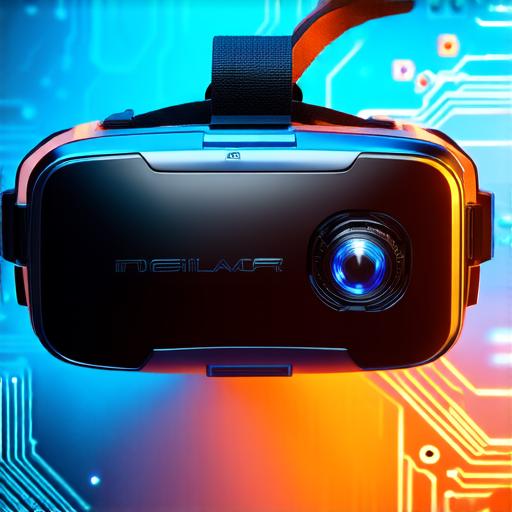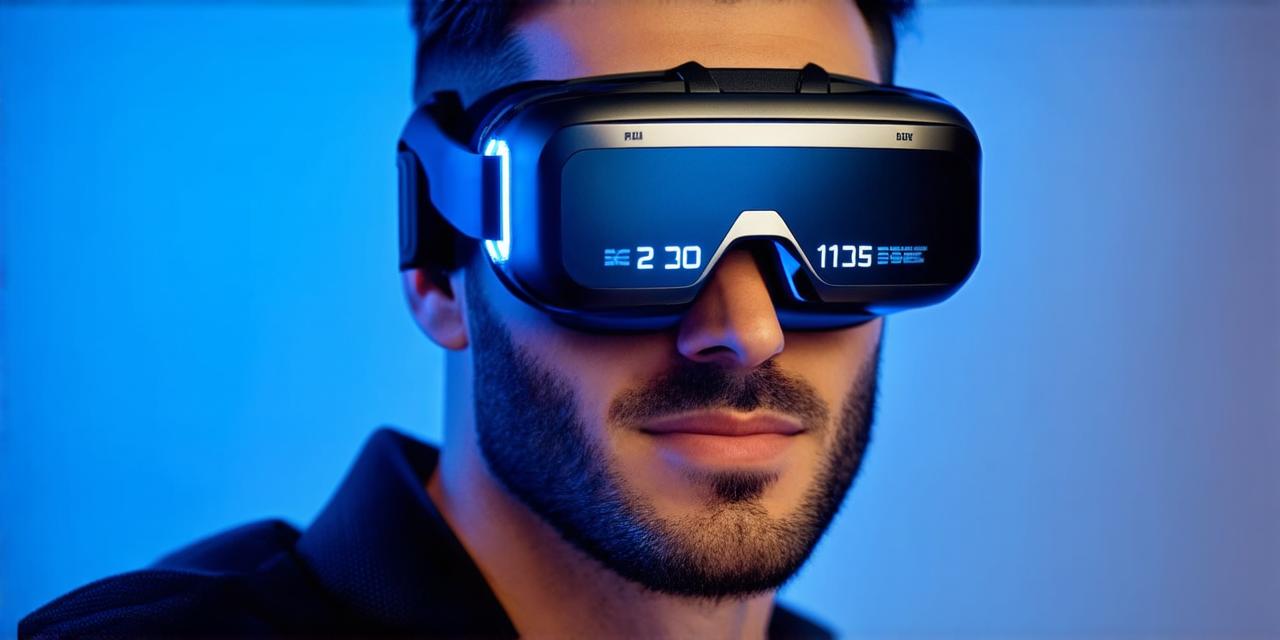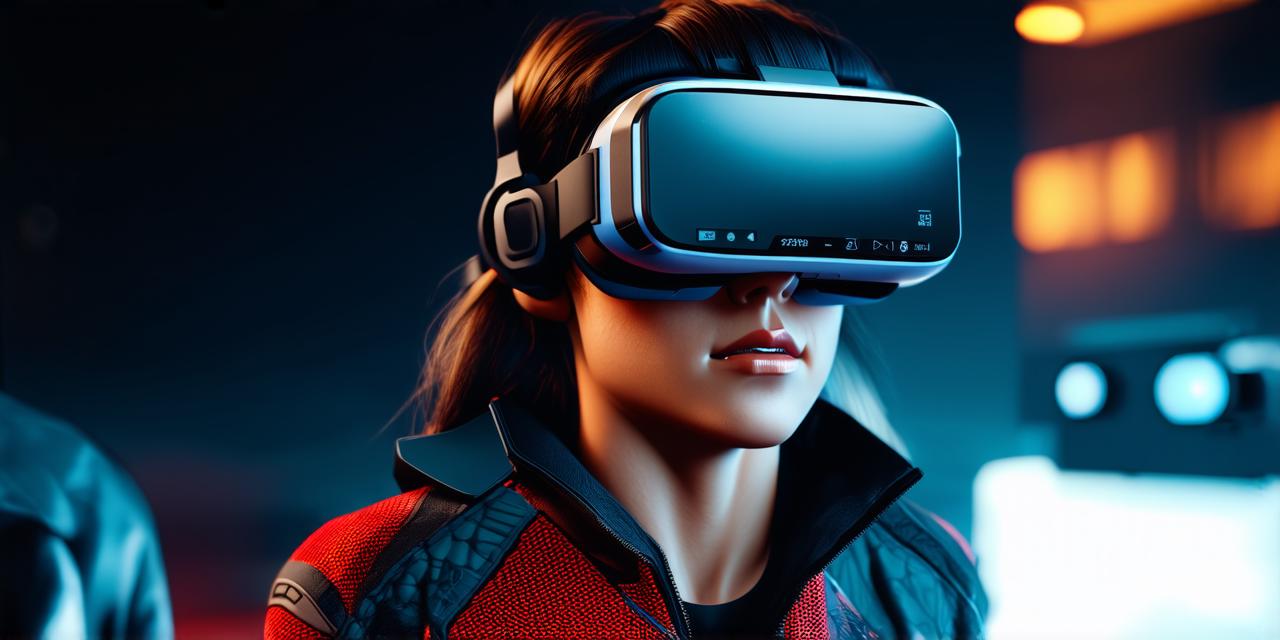Introduction:
Virtual reality (VR) is an emerging technology that promises to revolutionize how we interact with digital environments. With VR headsets, users can immerse themselves in a virtual world and experience it as if they were really there.
What is Frame Rate?
Frame rate is the number of frames per second (fps) that a display or monitor refreshes to create an animated image. In VR, the frame rate determines how often the virtual environment is updated and rendered by the headset’s computer.
The Importance of Frame Rate in VR
Frame rate plays a crucial role in determining the quality of a VR experience. A high frame rate ensures that the virtual environment is updated and rendered smoothly and quickly, creating an immersive and seamless experience for the user. On the other hand, a low frame rate can cause motion sickness, disorientation, and a lack of realism in the virtual world.
Choosing the Right Frame Rate for Your VR Headset
There are several factors to consider when choosing a VR headset based on frame rate. These include:
-
Budget: The cost of a VR headset varies depending on the brand, model, and features. Some high-end headsets can offer higher frame rates but also come with a hefty price tag. If you are on a budget, you may want to consider an entry-level headset that offers a lower frame rate but still provides a decent level of immersion.
-
Graphics Processing Unit (GPU): The GPU is responsible for rendering the virtual environment in VR. A more powerful GPU can handle higher frame rates and provide smoother movements, while a weaker GPU may struggle to maintain a consistent frame rate. If you have a powerful PC or gaming console, you may want to consider a headset with a high frame rate to take full advantage of your hardware’s capabilities.
-
Comfort and Usability: VR headsets can be bulky and uncomfortable to wear for long periods, especially if they are not properly adjusted. If you plan to use your VR headset for extended periods, consider one that offers adjustable lenses, cushioning, and a comfortable fit.
-
Content Compatibility: Some VR games and experiences may require a certain frame rate to run smoothly. If you have a specific game or experience in mind, make sure the VR headset you choose is compatible with the required frame rate.
-
Room Scale vs Wireless: Room-scale VR requires more space than wireless VR, but it also offers higher frame rates and better tracking accuracy. Wireless VR is more convenient and easier to set up, but may have lower frame rates and less accurate tracking.

Conclusion:
The frame rate of a VR headset is an important factor that determines the quality of the VR experience. A high frame rate ensures smooth and immersive movements in the virtual world, while a low frame rate can cause motion sickness and disorientation. When choosing a VR headset, consider your budget, GPU capabilities, comfort requirements, content compatibility, and room scale vs wireless preferences. By understanding what frame rate signifies in VR headsets, you can choose the right headset for your needs and enjoy a seamless and immersive VR experience.




